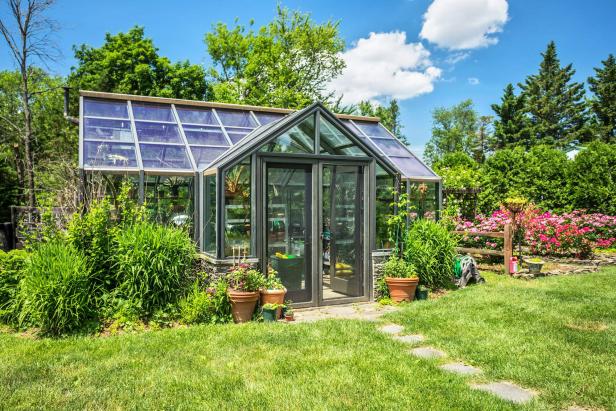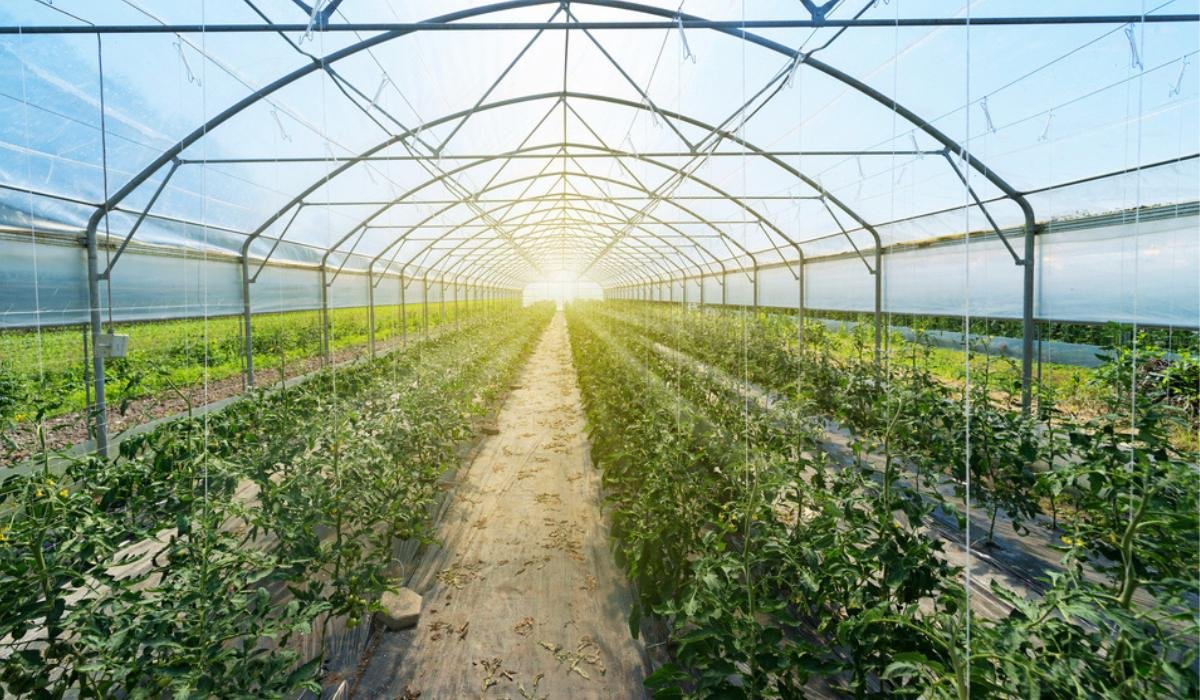Ranch to Table Vision: Monarch Farm Greenhouse Utah Agricultural Marvels
Wiki Article
The Future of Greenhouses: Innovations in Lasting Farming
Are you curious regarding the future of greenhouses and how they are changing sustainable agriculture? Look no more! In this article, we will check out the amazing developments that are leading the way for a greener and a lot more effective farming industry. From advanced environment control systems to vertical farming techniques, water-efficient watering approaches, renewable resource integration, and smart information analytics, these innovations are transforming the means we grow our food. Prepare to discover the future of sustainable farming in greenhouses!Advanced Environment Control Solution
To achieve ideal growing problems, you can rely upon the advancements in greenhouses with innovative environment control systems. These systems have actually reinvented the method we cultivate plants, supplying a controlled atmosphere that contributes to plant growth. With these innovative systems, you can now adjust temperature level, humidity, light degrees, and also CO2 concentrations to create the perfect conditions for your plants to thrive.Among the vital attributes of these innovative climate control systems is their capability to control temperature. By utilizing sensors and automated controls, the greenhouse can adjust the temperature based upon the details demands of the plants. This guarantees that they are never revealed to severe heat or cool, which can be destructive to their growth.
Moisture control is another essential element of these systems. By keeping the perfect humidity degrees, you can protect against problems such as mold, mold, and disease from impacting your plants. These systems can likewise control the amount of light that gets to the plants, making sure that they obtain the optimal quantity for photosynthesis.
Moreover, progressed environment control systems can even control carbon dioxide concentrations. By enhancing the degrees of CO2 in the greenhouse, you can improve plant growth and productivity. This is especially useful in locations with reduced natural carbon dioxide levels.
Upright Farming Techniques
One essential upright farming method is making use of piled growing systems. Piled growing systems are generally made use of in metropolitan locations where room is restricted.One popular technique is called upright hydroponics, where plants are expanded in nutrient-rich water without dirt. This strategy is highly efficient as it decreases water use by as much as 90% contrasted to standard farming methods. Additionally, considering that the plants are grown inside your home, they are secured from diseases and pests, lowering the requirement for pesticides.
An additional technique is aeroponics, which includes putting on hold the plant origins in a mist or air setting. This approach enables optimum nutrient absorption and oxygenation, resulting in faster growth and higher returns. Aeroponics likewise uses much less water than standard farming and can be implemented in upright systems, making it a preferred option for vertical farming.
Water-efficient Irrigation Techniques
Maximizing water conservation is crucial when it concerns executing water-efficient irrigation techniques in lasting agriculture. With global water scarcity coming to be a pressing problem, it is crucial to establish innovative techniques that maximize water usage in greenhouse procedures.One encouraging method is drip watering, which delivers water directly to the plant roots, reducing waste and evaporation. By utilizing a network of tubes with small emitters, water is applied slowly and exactly, making sure that plants receive the required dampness without excess drainage.
Another efficient technique is making use of article source dirt moisture sensors. These gadgets measure the dampness content in the soil and supply real-time information to farmers. By keeping an eye on the dirt's dampness levels, farmers can precisely determine when and just how much water to apply, avoiding over-irrigation.
Moreover, the implementation of rainwater harvesting systems is acquiring popularity in greenhouse agriculture. Gathering rain from roofs and storing it in tanks allows farmers to utilize this natural source for watering purposes, reducing dependence on standard water sources.
Lastly, the adoption of automated watering systems can significantly improve water efficiency. These systems use sensing units to find dirt moisture degrees and climate condition, adjusting irrigation routines as necessary. By maximizing water usage based upon real plant needs, these systems can reduce water waste and promote lasting farming techniques.
Renewable Power Assimilation
Renewable power integration in greenhouses supplies numerous benefits, including minimized operating expenses and decreased dependence on non-renewable energy sources. The produced power can then be utilized to run numerous operations within the greenhouse, such as illumination, home heating, and ventilation systems. These generators harness wind power and transform it into electricity, which can be used to supplement the energy needs of the greenhouse.Smart Information Analytics and Automation
To boost the efficiency of your greenhouse procedures and enhance source utilization, consider carrying out smart information analytics and automation. Smart data analytics entails collecting and analyzing information from different sensing units and tools within your greenhouse. By keeping an eye on factors such as temperature, humidity, light levels, and dirt dampness, you can obtain useful understandings into the wellness and growth of your plants. This data can help you make informed choices regarding readjusting ecological problems, optimizing irrigation schedules, and protecting against prospective problems before they develop.
Automation, on the various other hand, involves using modern technology to automate jobs that were formerly done manually. This can include automating the control of illumination, ventilation, irrigation systems, and nutrient shipment. By automating these procedures, you can make certain that your plants receive the right conditions and nutrients red fountain grass at the correct time, without the requirement for continuous hands-on intervention. This not only conserves you time and effort but additionally decreases the risk of human error.
Moreover, smart information analytics and automation can collaborate synergistically. The data gathered by sensing units can be utilized to inform automatic systems, enabling them to make real-time changes based on the present conditions. This combination of information analytics and automation can bring about much more efficient and exact source allowance, eventually resulting in greater yields and better plant high quality.
Verdict
In conclusion, the future of greenhouses in sustainable farming looks encouraging. With innovative environment control systems, vertical farming strategies, water-efficient irrigation approaches, and eco-friendly energy integration, greenhouses are coming to be a lot more ecologically friendly and reliable.
By enhancing water use based on real plant requirements, these systems can decrease water waste and promote lasting farming practices.

Report this wiki page